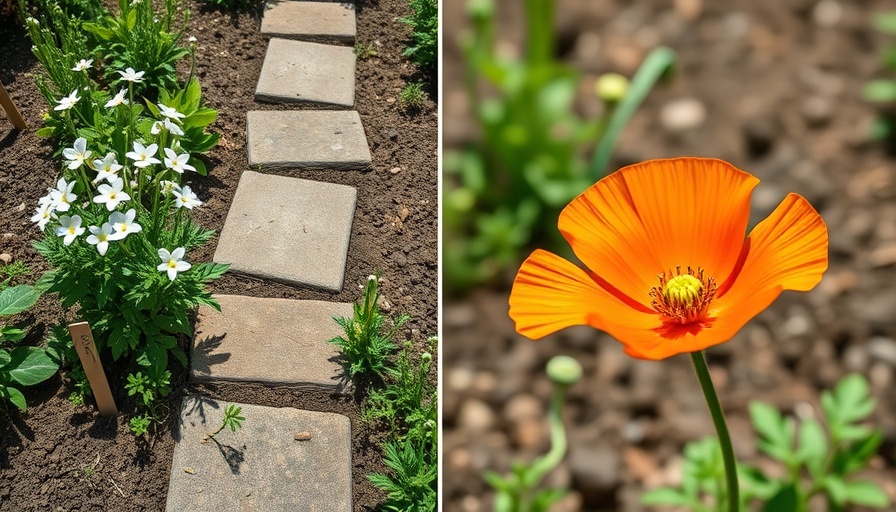
The Art of Gardening: Simple Yet Effective Tips
Gardening is more than just a hobby—it's a chance to connect with nature and improve your outdoor space. While many homeowners may assume that large changes are necessary for better results, surprisingly, even the smallest tweaks can yield impressive benefits. Here are ten easily overlooked yet essential garden tips that can transform your gardening experience.
1. Sunscreen: Your Best Garden Companion
To protect against harmful UV rays, always keep extra sunscreen within reach of your gardening gloves. Applying it beforehand not only safeguards your skin but also serves as a reminder to reapply throughout your gardening session. Consider pairing this habit with a wide-brimmed hat for enhanced protection.
2. Breathe Easy with Proper Safety Gear
Many gardeners don't appreciate the potential hazards posed by potting mix. Wearing a mask and gloves while handling it is essential for lung safety and overall health. Dust particles and spores can lead to respiratory issues, so consider using high-quality masks like N95 to keep your lungs safe.
3. Early Preparation with Plant Tags
Before getting your hands dirty, take the time to prepare plant tags when your hands are clean and dry. Jotting down the names of your plants minimizes any chances of confusion later on and keeps your garden organized and aesthetically pleasing.
4. Identifying Plants Made Easy
Modern technology can significantly benefit gardening. Utilizing Google Lens to identify plants is a practical solution when you're unsure about types. Simply snap a photo and let the app help you recognize the species, which is especially useful for ensuring you’re nurturing the correct plants.
5. Weeding Efficiently After Rain
A simple yet powerful strategy for removing weeds is timing. Weeds are easier to pull post-rain when the soil is soft, increasing your chances of uprooting the entire plant. This tactic ensures that you won't have to deal with the same weeds multiple times.
6. Outsmarting Invasive Species
Many gardens face challenges from invasive plants. The first step in managing them is to understand how they spread. If their growth is fueled by seeds, trim flowers before they bloom. If they spread through runners, prepare for strategic digging to limit their spread.
7. Instant Mulch: Chop and Drop
Rather than carting away garden clippings, use the “chop and drop” method. This technique involves cutting up leftover plant material and laying it directly on the soil. Not only does this provide valuable nutrients back to your soil, but it also conserves moisture and suppresses weeds, creating a healthier garden ecosystem.
Wrapping Up: Simple Steps Towards an Effective Garden
With these straightforward tips at your disposal, any gardener can cultivate a more efficient and enjoyable gardening experience. Small adaptations can lead to significant improvements, enhancing not just your garden but also the pleasure you derive from it. Whether you’re facing stubborn weeds or simply trying to stay safe while enjoying nature, these strategies are essential. So, roll up your sleeves and apply these pro tips—your garden will thank you for it!
 Add Row
Add Row  Add Element
Add Element 



Write A Comment